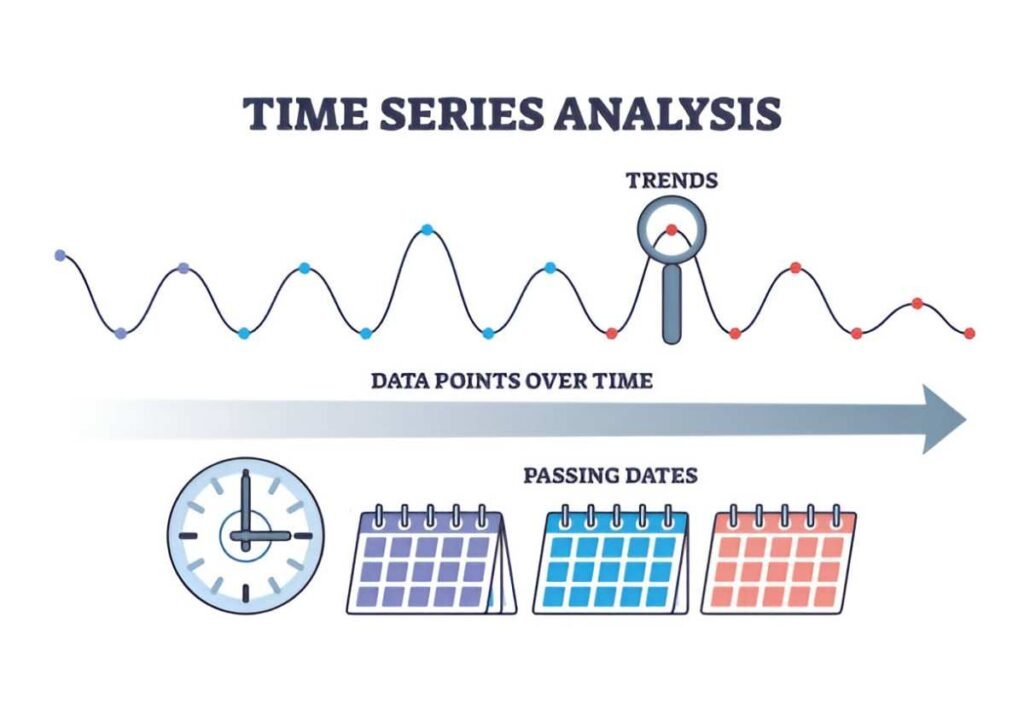In the world of finance and accounting, one term that often comes up in cost management and performance analysis is quantity variance. While this concept may seem technical at first glance, it plays a significant role in business operations, helping managers assess the efficiency and effectiveness of production processes. In this article, I will break down what quantity variance is, how to calculate it, and its impact on business operations. I will also share practical examples and calculations to help you grasp its importance and relevance in real-world business scenarios.
Table of Contents
What is Quantity Variance?
In cost accounting, quantity variance refers to the difference between the actual quantity of an input used in the production process and the standard quantity that was expected to be used, multiplied by the standard cost per unit of that input. The formula for quantity variance is:
\text{Quantity Variance} = ( \text{Actual Quantity} - \text{Standard Quantity} ) \times \text{Standard Price}This variance provides insight into how efficiently materials or labor are being used in the production process. A favorable quantity variance indicates that fewer resources were used than expected, while an unfavorable variance suggests that more resources were used than planned. It is critical for businesses to monitor and analyze quantity variances regularly to ensure that they are operating efficiently and staying within their budgeted cost structures.
Standard Costing and Its Role in Quantity Variance
To fully understand quantity variance, we need to first explore the concept of standard costing. Standard costing is a method of estimating the expected costs of producing a product based on historical data, industry norms, and management expectations. These standard costs are then compared to actual costs to calculate various variances, including quantity variance.
For instance, a company might establish a standard cost of $10 per unit for raw materials, and based on production projections, it expects to use 500 units of raw material for producing 1000 units of a finished product. If, in reality, the company uses 550 units, the quantity variance would reflect how much the actual usage deviated from the expected usage.
The Calculation of Quantity Variance: A Step-by-Step Guide
Let’s break down the calculation of quantity variance with an example.
Example:
A company manufactures widgets, and the standard cost for raw materials is $5 per unit. The company has set a standard for producing 1000 widgets, which requires 1000 units of raw materials (1 unit of raw material per widget). However, during the production of the widgets, 1200 units of raw materials were used.
The quantity variance can be calculated as follows:
- Standard Quantity: 1000 units (for 1000 widgets)
- Actual Quantity: 1200 units (used in production)
- Standard Price: $5 per unit
Now, using the quantity variance formula:
\text{Quantity Variance} = ( 1200 - 1000 ) \times 5 = 200 \times 5 = 1000In this case, the quantity variance is $1000 unfavorable, meaning the company used more raw materials than expected.
Types of Quantity Variances
There are primarily two types of quantity variances that companies typically deal with:
- Material Quantity Variance: This is the difference between the actual quantity of materials used in production and the standard quantity expected to be used, multiplied by the standard cost of the materials.
- Labor Efficiency Variance: Although not directly related to materials, labor efficiency variance is another type of quantity variance that measures the difference between the actual labor hours used and the standard labor hours expected, multiplied by the standard labor rate.
Impact of Quantity Variance on Business Operations
Quantity variance plays a crucial role in business operations by providing insights into operational efficiency. Let’s look at some of the key impacts:
1. Cost Control and Budgeting
A significant impact of quantity variance is its effect on a company’s cost control measures. When a company is able to identify unfavorable quantity variances, it can take corrective actions, such as improving production processes, renegotiating supplier contracts, or finding ways to optimize labor efficiency. Consistently monitoring quantity variance helps keep costs within budget and allows businesses to maintain profitability.
2. Production Efficiency
Quantity variance helps in assessing how efficiently raw materials or labor are being utilized. A favorable quantity variance indicates that the production team is using fewer resources than expected to produce the same number of units, which can be a sign of a more efficient production process. On the other hand, an unfavorable quantity variance can signal inefficiencies in production, such as excessive waste, improper handling of materials, or poorly trained staff.
3. Decision-Making and Strategic Planning
For managers, quantity variance is an essential tool in decision-making. If the variance is unfavorable, managers may decide to investigate the cause of the overuse of materials or labor. This may lead to strategic changes in operations, such as upgrading machinery, improving employee training, or making changes to the supply chain.
4. Quality Control
Quantity variances can also be an indicator of quality control issues. For instance, if a company is using more materials than planned, it might suggest that the materials are not being used efficiently due to poor quality control, resulting in waste. Analyzing these variances can help pinpoint issues in the production process that need to be addressed to maintain quality standards.
5. Profitability
Ultimately, the impact of quantity variance on profitability is significant. Favorable variances reduce costs and improve margins, while unfavorable variances increase costs and can erode profits. By managing quantity variances effectively, a company can ensure that its operations are as cost-efficient as possible, which directly contributes to the bottom line.
Example of Quantity Variance in Different Industries
To better illustrate how quantity variance affects different industries, let’s look at two examples:
1. Manufacturing Industry
In a manufacturing setting, raw materials like metals, plastics, and chemicals are essential inputs in the production process. If a company producing metal parts has a quantity variance for metal usage, it might mean that workers are not following the correct cutting procedures, resulting in excess waste. A detailed analysis of the variance can help managers determine whether the issue lies in the materials, the machinery, or the workers’ skills.
2. Service Industry (Labor Efficiency Variance)
In the service industry, labor efficiency variance plays a larger role than material variance. For example, a company providing cleaning services may set a standard time for employees to clean a room. If employees are taking longer than expected, the company could analyze the quantity variance in terms of time to understand if the workers need additional training, if equipment needs upgrading, or if the cleaning process is inefficient.
Using Tables to Understand Quantity Variance
Let’s look at a table that compares the standard and actual usage of materials in a production process to highlight how quantity variance is calculated.
| Description | Standard Quantity (Units) | Actual Quantity (Units) | Standard Price per Unit ($) | Quantity Variance ($) |
|---|---|---|---|---|
| Material A | 1000 | 1200 | 5 | 1000 Unfavorable |
| Labor Hours (for 1000 units) | 200 | 250 | 15 | 750 Unfavorable |
In this example, Material A has a quantity variance of $1000 unfavorable, as we saw earlier. The labor hours show an unfavorable variance of $750, which suggests that more labor was used than planned.
Conclusion
Quantity variance is a vital tool for understanding the efficiency of production processes. By calculating and analyzing quantity variances, businesses can identify inefficiencies, manage costs better, and make informed decisions to improve their operations. Whether it’s materials or labor, quantity variance provides valuable insights that can help optimize business performance and boost profitability.





